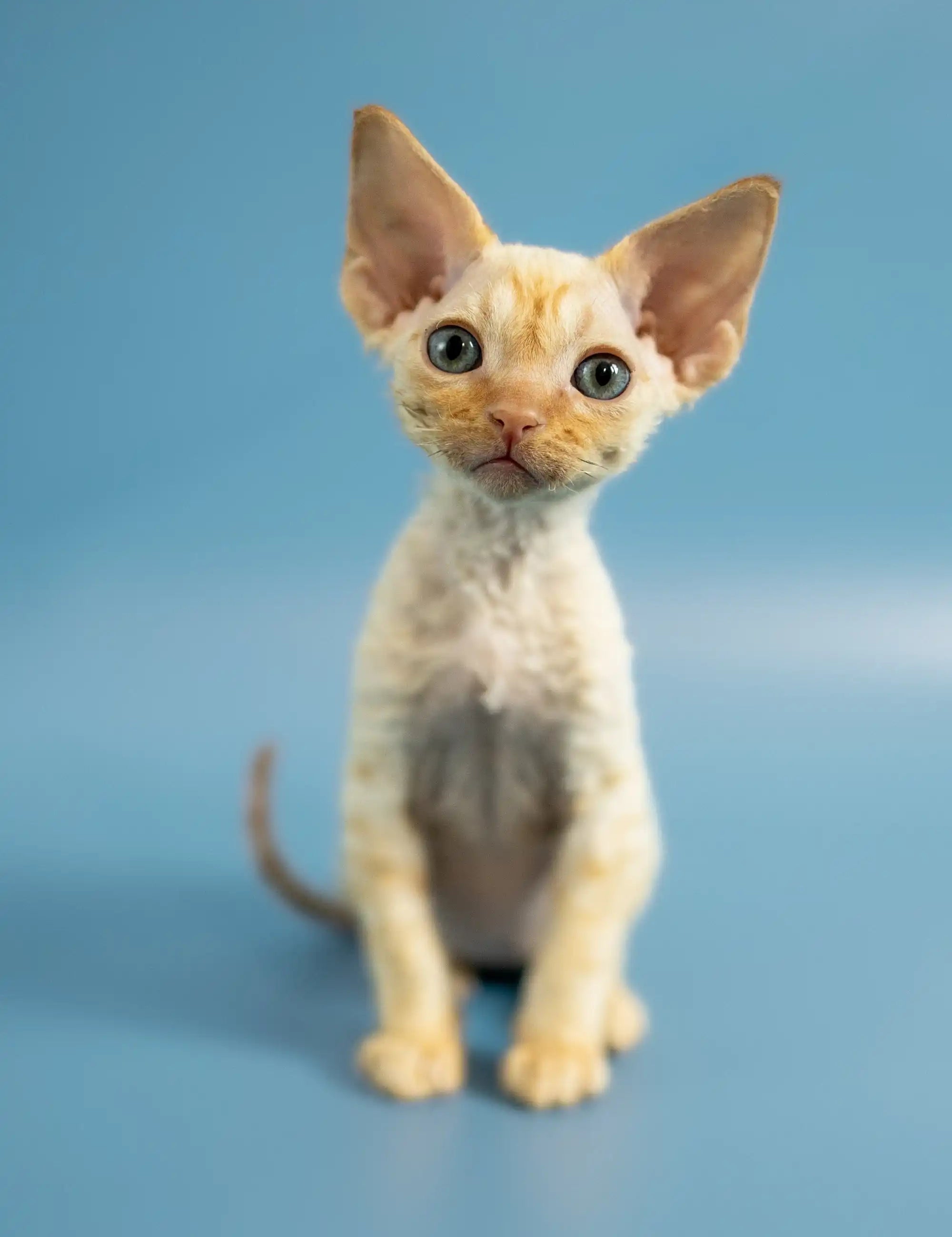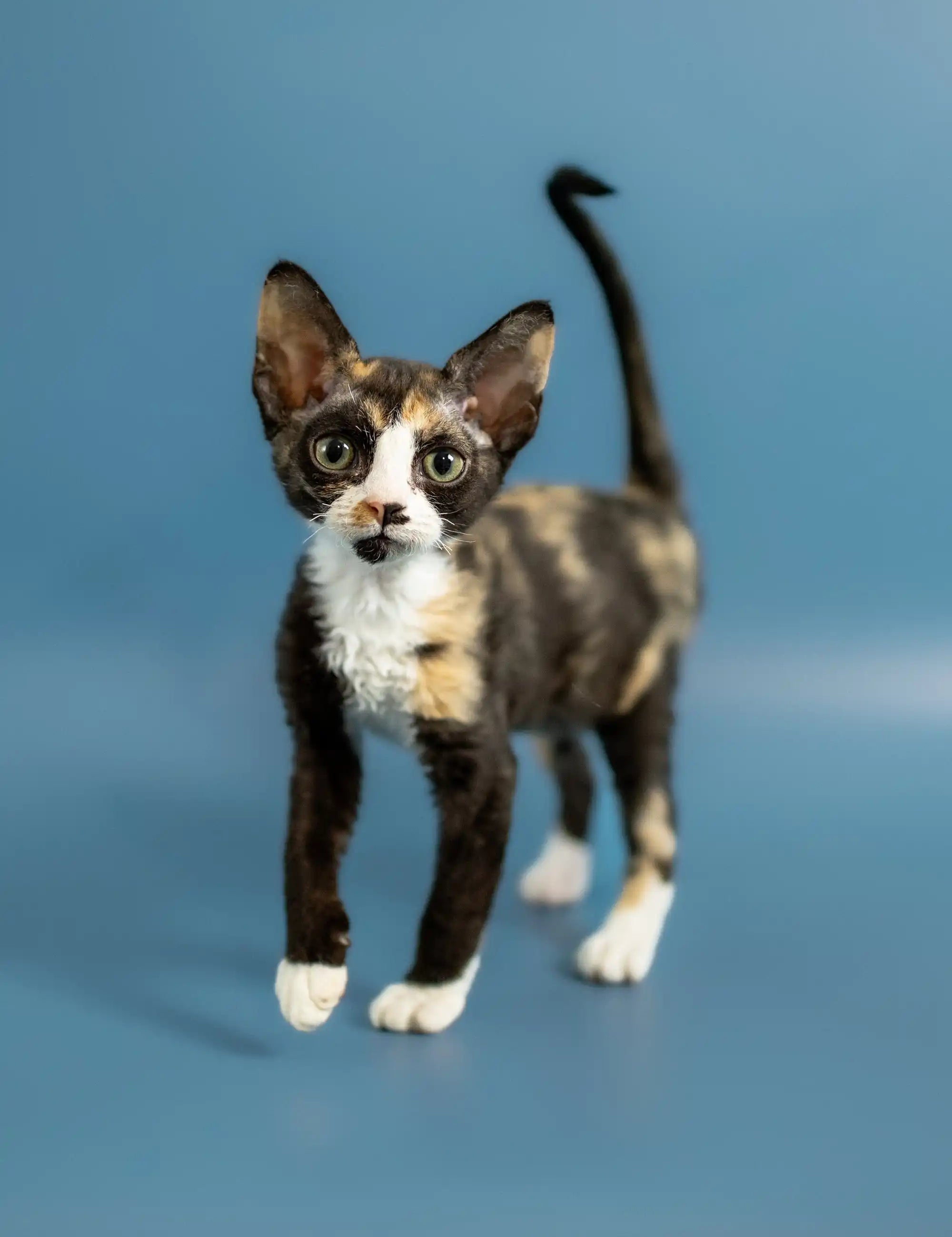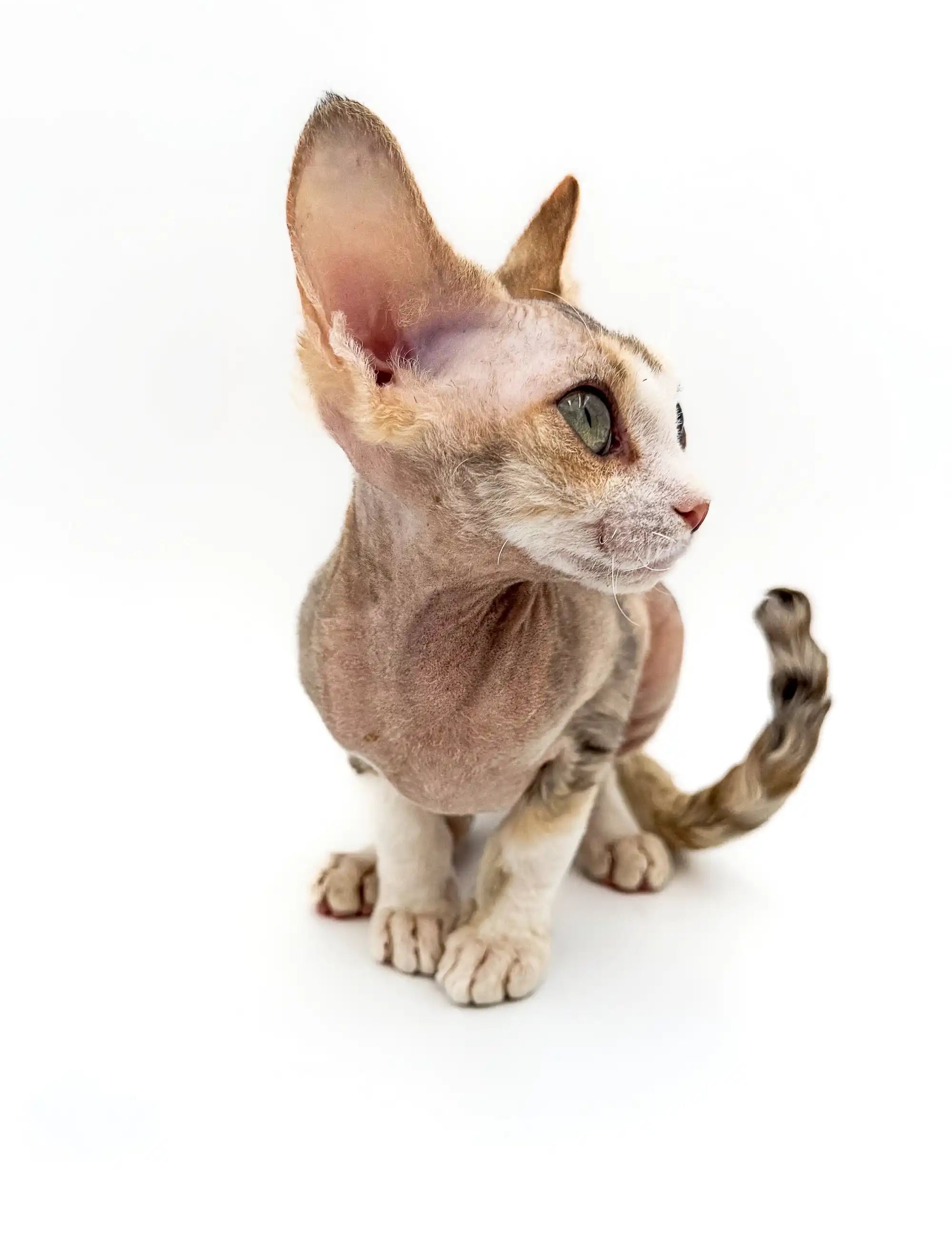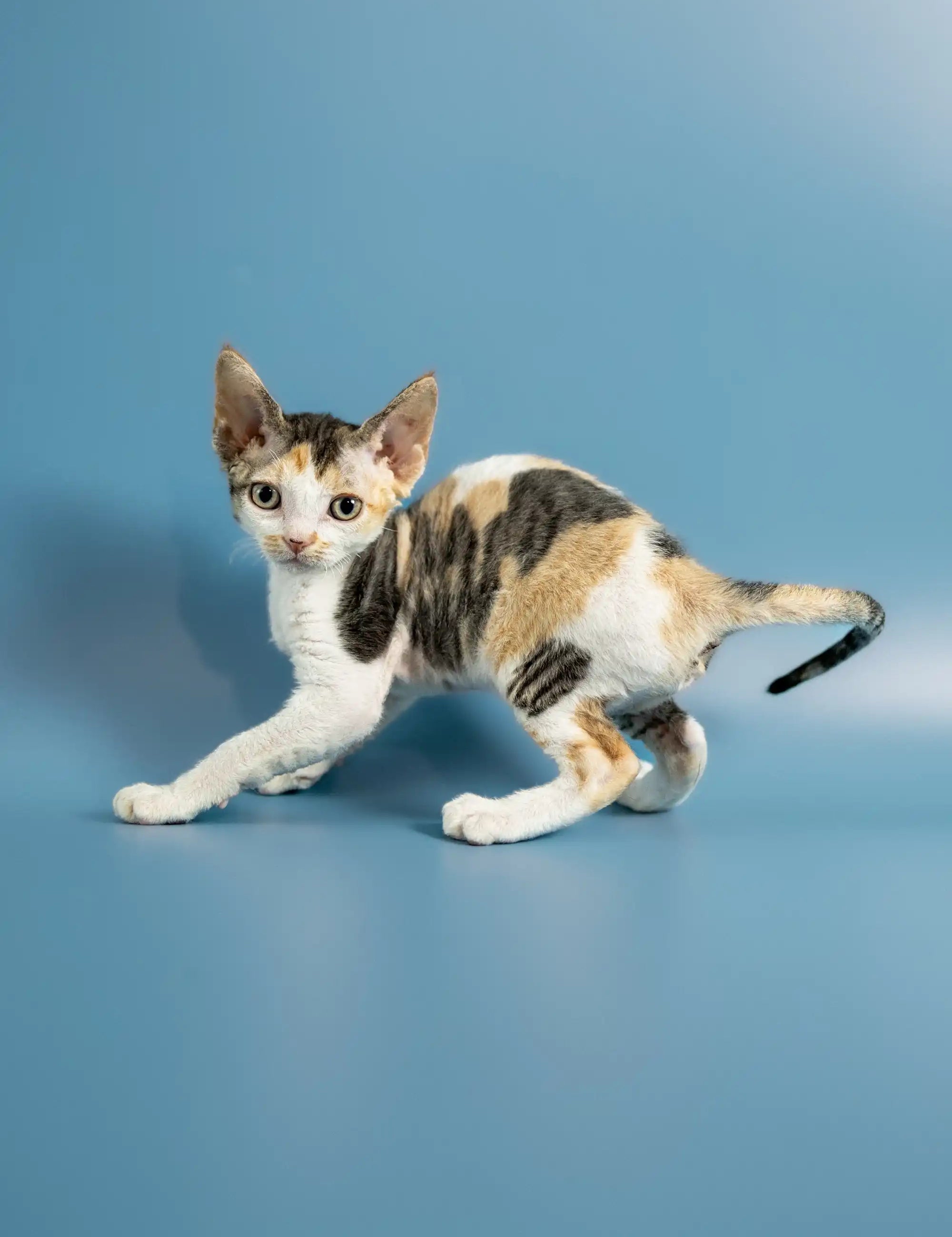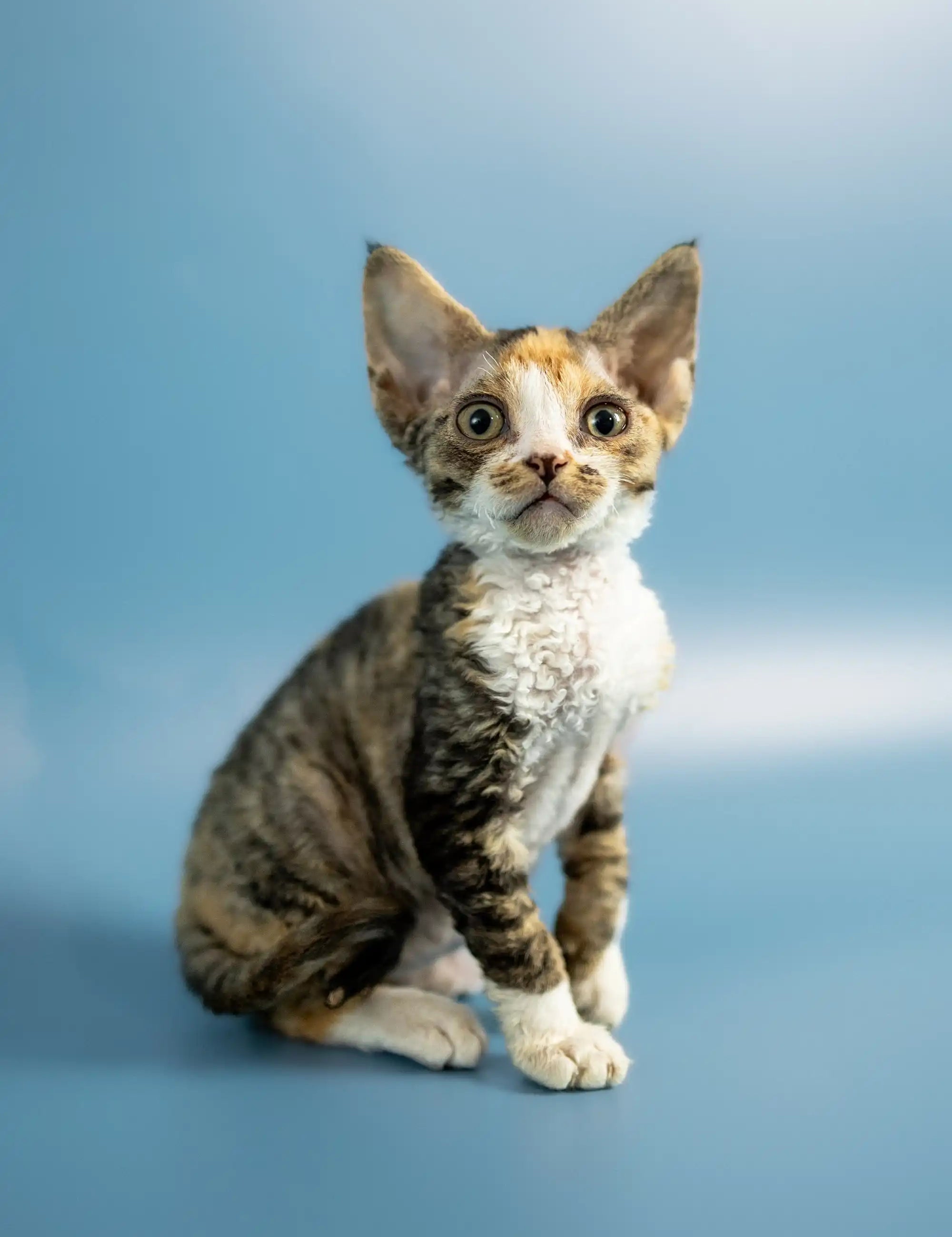Decoding Meows and More: Understanding Your Purebred Kitten's Behavior

Deciphering the Secret Language of Your Purebred Kitten: A Complete Guide to Their Meows, Purrs, and Body Language
Ever caught yourself puzzling over your purebred kitten's meows or the subtle flicks of their tail? This comprehensive guide delves into the fascinating realm of kitten communication, shedding light on everything from the diverse meanings behind their meows to the nuances of their body language and vocalizations. Whether you're embarking on the journey of Cat Ownership for the first time or you're a well-versed cat aficionado, prepare to unlock the secrets of your purebred kitten's behavior.
Unraveling the Mystery of Meows
Cats have a unique way of communicating with humans. It's crucial to understand that not every meow is created equal. So, what exactly is your furry friend trying to tell you ? Let's decode the secret language of cats and uncover the messages hidden within those captivating sounds.
Hunger Meows: The Dinner Bell
When your cat emits persistent and loud meows, it's equivalent to ringing the dinner bell. This is their compelling way of saying, "I'm hungry – feed me now!" These meows are hard to ignore and are designed to be immediate calls to action.
Attention-Seeking Meows: The Gentle Nudge
On the softer, more prolonged end of the meow spectrum, we have the attention-seeking sounds. These meows are your cat's way of expressing their desire for affection, playtime, or simply your undivided attention.
Pain or Distress Meows: The Alarm Signal
High-pitched and sharp, these meows are the ones that should capture your immediate attention. They could indicate that your kitten is in discomfort or experiencing fear. This is your cat's alarm signal, a clear indication that something is not right.
Decoding Feline Body Language
A cat's body language is much more than mere physical movements; it's a vivid window into its emotions, intentions, and overall well-being. From the tip of their whiskers to the flick of their tail, every gesture and posture a cat adopts tells a story, revealing their feelings and thoughts to those who know how to listen.
Tail Signals
A high-held tail suggests confidence and happiness, while a tucked tail indicates fear or submission.
Ear Positions
Ears facing forward denote curiosity or contentment, whereas flattened ears might signal that your kitten feels threatened or irritated.
Eye Contact
Slow blinking is a sign of trust and affection, much like a cat's version of a gentle kiss.
Beyond Meowing: Understanding Vocalizations
Cats possess an incredibly wide array of sounds, each finely tuned with a distinct meaning that serves as a key to unlocking their complex emotional and physical states. This rich vocal repertoire goes far beyond the simple meows and purrs we often associate with our feline friends.
Purring
While often a sign of contentment, purring can also indicate a search for comfort during times of stress or pain.
Hissing and Growling
These unmistakable sounds are clear indicators of fear, aggression, or discomfort.
Behavioral Traits by Breed
Recognizing the typical behaviors associated with your kitten's breed can offer deeper insights into their actions:
Sphynx
The Sphynx, with its distinctive hairless appearance, is as unique in personality as it is in looks. These cats are the epitome of affection and energy, thriving on human interaction and warmth. Their behavior is a blend of clown-like antics and endearing tenderness, making every day with a Sphynx an adventure in love and laughter.
Maine Coon
These "gentle giants" of the cat world bring a blend of intelligence and playful spirit to their interactions. They're known for their dog-like behaviors, such as following their owners from room to room and showing a keen interest in water play. Despite their size, they possess a gentle demeanor, often using their large, tufted paws with surprising delicacy.
Ragdoll
Ragdolls are serene and gentle, with a disposition that's as soft as their luxurious coats. True to their name, they have a tendency to go limp with contentment when held, showcasing their trust and affection towards their owners. They are known for their laid-back attitude and an almost dog-like loyalty, often greeting their humans at the door and shadowing their movements around the home.
Embracing Positive Reinforcement
Shaping your kitten's behavior through positive reinforcement can foster a respectful and healthy relationship:
Treats and Rewards
Utilize treats to commend desired behaviors, but ensure to do so in moderation to prevent overfeeding.
Play and Interaction
Regular engagement and playtime not only strengthen your bond but also encourage positive behavior.
Conclusion
Interpreting your purebred kitten's behavior extends beyond merely understanding the significance of each meow or tail movement; it's about deepening the connection with your pet. By attuning yourself to the subtleties of their communication, you can cultivate a more loving and harmonious relationship with your feline friend.
Now are you ready to have the purr-fect companion? Visit purebredkitties.com and explore our selection of adorable purebred kittens! Whether you dream of a playful Maine Coon or a cuddly Ragdoll, we've got the perfect kitten to complete your family. . Contact us and bring home your new best friend today!



